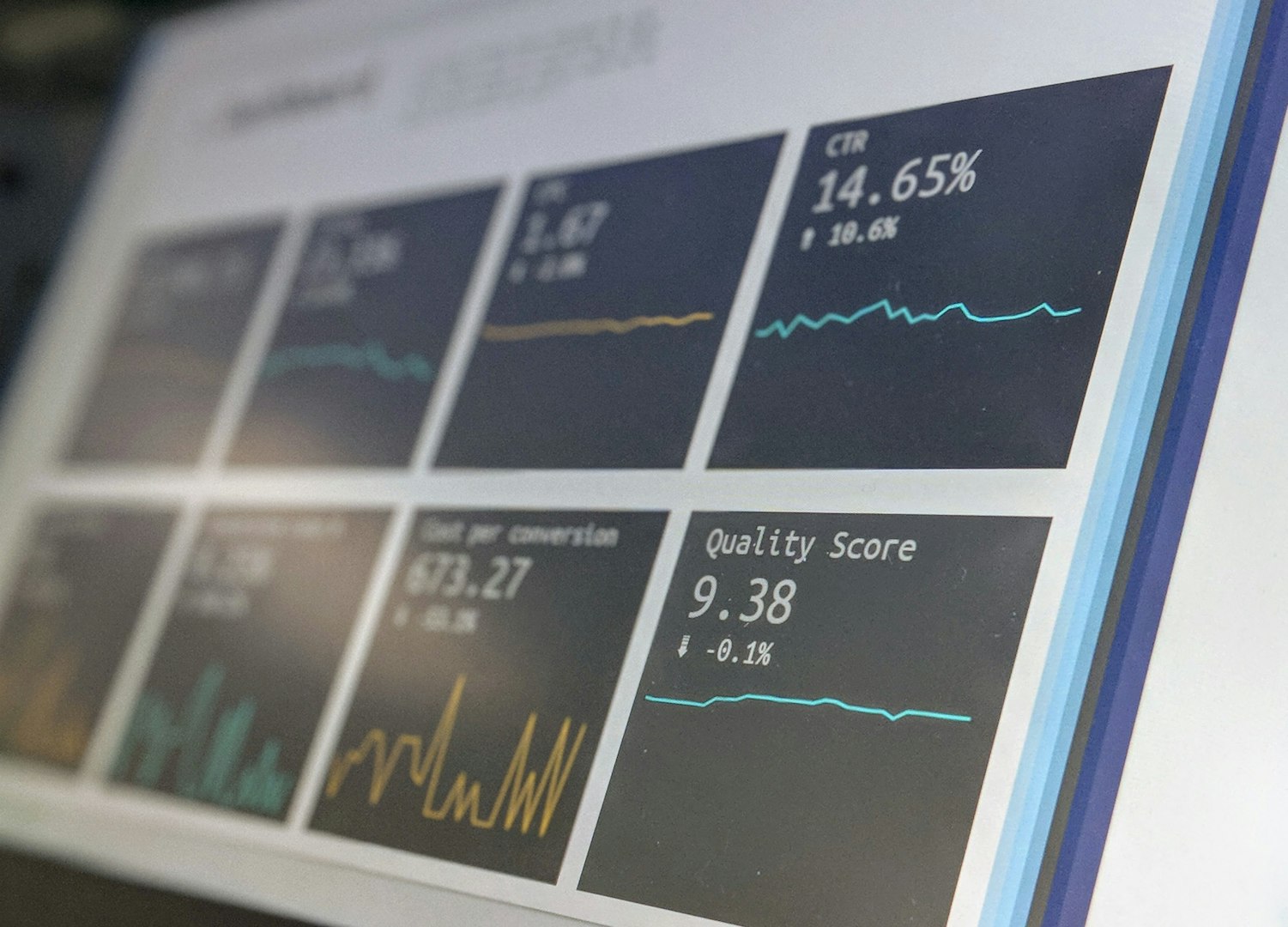
Towards net-zero?
Never before have more companies had net-zero targets, and never before have the CO2 emissions been higher. What is stopping companies from acting and what factors can help them move forward? These were my research questions for my masters' thesis Net-zero transition for companies – hindering and supporting factors.
I interviewed nine professionals in sustainability, both consultants and in-house experts.
From the interviews, three types of factors emerged:
Internal factors - those that the companies could influence themselves, both hindering and supporting.
Value chain factors - the type of factors that the companies could only influence but not fully control, both hindering and supporting.
External factors - those that the company could only influence to a minimum.
Hindering and supporting factors for net-zero
Supporting internal factors
To put carbon emissions in bonus schemes and score cards
Awareness and competence in where emissions come from and how they can be reduced
To ensure financing for the investments needed to cut the emissions - ideally through internal funding so that individual business units don't have to take the hit
To break down the targets for each business entity & set ownership
To have values and a culture which supports making decisions towards net-zero
Hindering internal factors
That the real action from targets to reductions is slow
Money is getting in the way of net-zero. The investments have an impact on the bottom line.
There are often conflicts of interest, one target to reduce carbon emissions can stand in the way of financial targets, quality targets or targets related to safety
Net-zero targets get in the way of bonuses and power. By reducing emissions, managers might not meet their financial targets and risk being demoted.
Supporting value chain factors
Customers are a supporting value chain factor, often pushing their suppliers to reduce their scope 1, 2, and 3 emissions so that the clients can reduce their upstream Scope 3 emissions.
Another supporting factor to make reductions happen in the full value chain are new types of collaboration across the value chain. To move beyond the transactional types of interaction towards more collaborative, innovative, and long-term collaboration.
Hindering value chain factors
Customers can also be hindering factors, pushing prices down and not being willing to pay the green premium price.
Scope 3 emissions are difficult to measure and much of it is either spend-based with little transparency or based on emission factors and not real data.
Scope 3 emissions are also hard to reduce because the largest source of the emissions could be three tiers up your supply chain.
Acquisitions and divestments can also influence emissions negatively if understanding the GHG impact from them is not there
Supporting external factors
Investors and shareholders are also very powerful drivers for companies to change. Many of them have pushed companies to act and continue doing so.
Legislation is pushing the companies to reduce emissions.
Companies with bold targets and actions towards net zero increase their chances to attract and keep talent
The companies' image and reputation get better when they can show real reductions of emissions
Reducing emissions now is something which can mitigate future risks if legal pressure increases
Hindering external factors
Investors and shareholders want their dividends, not always emission reductions. This is a hindering factor which makes it hard for the companies to cut their emissions if large investments are needed that will affect the profits.
The effects of climate change are in the future, not in the next quarter. This reduces the sense of urgency and makes the risk hard to understand.
It is risky to be a frontrunner. Companies testing out new ways, investing largely in carbon reductions face larger risks than their more middle-of-the-road peers.
The expectations, and financial growth as such has a negative impact on the global emissions
Lack of accountability and litigation if companies set targets that they don't meet
After 10 years of working with sustainability, I can see how the drivers have become stronger. Despite the EU's slowdown of legislation such as CSRD and CSDDD, I still meet many companies who want to reduce their emissions. I meet banks and investors who give cheaper loans if you have and meet your targets, and I see better reporting and GHG accounting.
When will we see the CO2 emissions go down?
Want to read my findings? Here is the full thesis.




